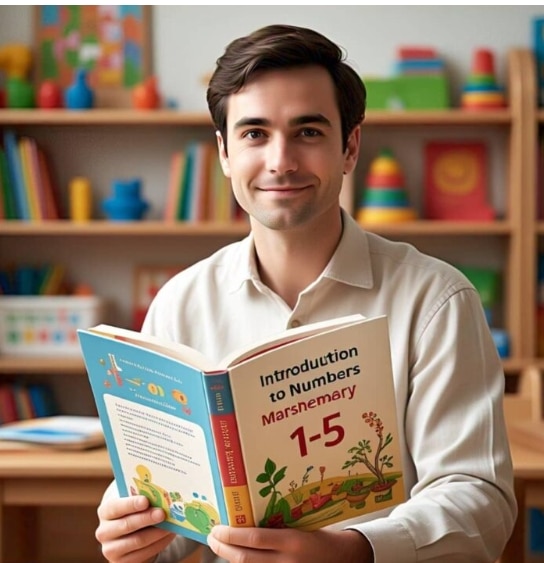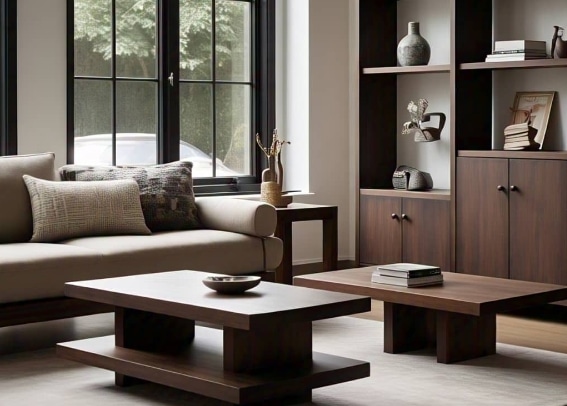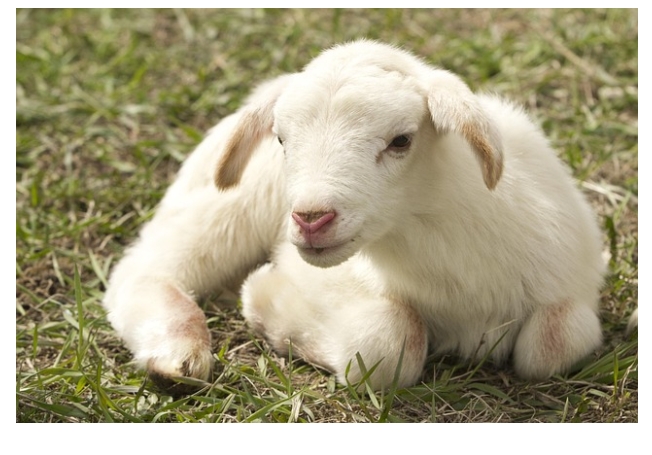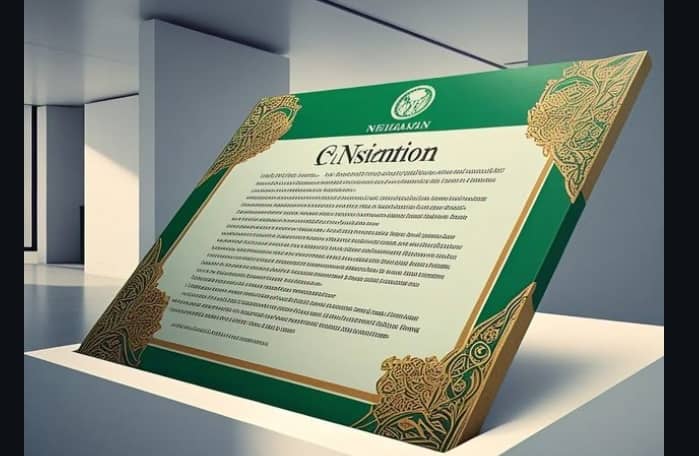VOCATIONAL APTITUDE — PRIMARY 1 FIRST TERM
WEEK 11: HOME FURNITURE — NAMES AND USES
1. Subject:
Vocational Aptitude
Table of Contents
Toggle2. Class:
Primary 1
3. Term:
First Term
4. Week:
Week 11
5. Age:
5–6 years
6. Topic:
Home Furniture — Names and Uses
7. Duration:
40 minutes
8. Behavioral Objectives:
By the end of this lesson, pupils should be able to:
-
Identify different types of home furniture.
-
Say the names of common furniture found in homes.
-
State the uses of each furniture item.
-
Recognize where furniture items are used in the house.
9. Keywords:
Furniture, chair, table, bed, sofa, cupboard, wardrobe, stool
10. Set Induction (Funny/Relatable Classroom Drama)
Teacher: “Class, what do we call the big thing mummy sits on to watch African Magic?”
Paul (shouting): “It’s her Queen’s throne! But daddy calls it his spot!”
Teacher (laughing): “Aha! That’s a sofa — and you’ll learn today that every piece of furniture has a name and a job in our home!”
11. Entry Behaviour:
Pupils have seen chairs, beds, and tables in their homes and classrooms.
12. Learning Resources & Instructional Materials:
-
Real-life images of home furniture
-
Mini furniture models (toy chair, table, etc.)
-
Flashcards with names and pictures
-
Charts showing a house with furniture inside
-
Videos or role-play of kids using home furniture
13. Building Background Knowledge (Real-Life Connection):
Ask: “Where do you sleep at home? What do you sit on when eating? Where does mummy keep clothes?”
Let them describe how furniture helps them daily — for rest, storage, sitting, eating, learning, etc.
14. Embedded Core Skills:
-
Critical Thinking
-
Naming and Identification
-
Vocabulary Development
-
Listening and Speaking
-
Observation Skills
15. Main Content:
A. What Is Furniture?
Furniture means the things we use in our homes to make living easier. They help us sit, sleep, store things, and rest.
B. Names and Uses of Common Home Furniture
| Furniture Name | Image/Visual | Use |
|---|---|---|
| Chair |  |
For sitting |
| Table |  |
For eating, writing, placing things |
| Bed |  |
For sleeping |
| Sofa (Couch) |  |
For relaxing and watching TV |
| Wardrobe |  |
For keeping clothes |
| Cupboard |  |
For storing dishes or food |
| Stool |  |
For sitting or standing on |
| Shelf |  |
For keeping books or small items |
| Dresser |  |
For keeping makeup or hair items |
| Dining Table Set |  |
For eating meals as a family |
C. Storytelling Time: “The Talking Furniture!”
One sunny Saturday, little Tolu was cleaning the house when suddenly… the wardrobe yawned and said, “Tolu! Stop slamming my doors!”
She jumped back in shock. Then the chair whispered, “You always sit on me when your clothes are wet!”
Tolu laughed and apologized to every furniture item in the house. She promised to respect them.
From that day, she placed her shoes under the bed, folded her clothes in the wardrobe, and never bounced on the sofa again.
D. Fun Fact:
Did you know the word “furniture” comes from the French word fournir, which means to supply or furnish?
16. Classroom Discussion
-
Q: What is furniture?
A: Something we use in our house like chairs, beds, and tables. -
Q: What do we use a bed for?
A (Micheal): “To jump… I mean, to sleep!” -
Q: Where do we keep clothes?
A: In a wardrobe. -
Q: What do we sit on?
A: A chair or a sofa. -
Q: What is the name of the table used for family meals?
A: Dining table. -
Q: What furniture is in your living room?
A: Sofa, TV stand, coffee table. -
Q: Can we use furniture wrongly?
A (Anita): “Yes! My brother jumped on the table and broke it!” -
Q: What do we use a shelf for?
A: To keep books or decorations. -
Q: Is a cupboard the same as a wardrobe?
A: No. A cupboard is for kitchen things, wardrobe is for clothes. -
Q: Why must we care for our furniture?
A: So it doesn’t break or spoil.
17. PART A: Fill-in-the-Blank Questions (Multiple Choice)
-
We sleep on a _______.
a) table b) sofa c) bed d) shelf -
A _______ is used for eating food.
a) chair b) cupboard c) table d) stool -
The furniture for sitting and relaxing is called a _______.
a) bed b) stool c) sofa d) shelf -
Mummy keeps plates in the _______.
a) wardrobe b) cupboard c) shelf d) chair -
The _______ is where we keep our clothes.
a) sofa b) shelf c) cupboard d) wardrobe -
A small seat without a backrest is called a _______.
a) stool b) chair c) sofa d) dresser -
Books are arranged on a _______.
a) bed b) shelf c) stool d) drawer -
Daddy sits on the _______ to watch TV.
a) wardrobe b) chair c) sofa d) table -
A _______ helps us stand and reach high places.
a) bed b) stool c) shelf d) chair -
We use a _______ when we want to write.
a) table b) wardrobe c) cupboard d) bed
18. PART B: Evaluation Theory Questions
-
What is furniture?
-
Name three types of home furniture.
-
What is a sofa used for?
-
Where do we keep our clothes?
-
What do we sleep on at night?
-
What furniture do we use for writing?
-
Mention two uses of a table.
-
Why should we take care of our furniture?
-
What’s the difference between a cupboard and a wardrobe?
-
Mention one funny thing your sibling has done with a furniture item.
19. Assessment
-
Pupils identify real or picture flashcards of furniture.
-
Teacher points to image and pupils shout the name and use.
-
Group activity: Match names to pictures.
-
Homework: Draw and label 3 pieces of furniture in your house.
20. Conclusion
We’ve explored the world of home furniture like bold little explorers!
From beds to bookshelves, these silent helpers make our homes neat, comfy, and full of love.
Teacher: “So class, next time you bounce on the sofa, remember — it might be watching you!”
Internal Linking Suggestions
This lesson to:
Related posts:
- What Is Work? – Week 1 Primary 1 Vocational Aptitude Lesson Note
- Some Examples of Vocations and their Professionals Primary 1
- Types of Tools Used by Professionals: Exploring Hand and Power Tools
- Career Opportunities for Primary 1: Understanding Different Professions
- Musical Instruments in Nigerian Celebrations: Types, and Uses
- Importance of Music Vocational Aptitude Primary 1
- Precautions and Maintenance of Electrical Home Appliances – Primary 1
- Introduction to Home Economics (Primary 1 – Vocational Aptitude
- Kitchen Utensils: Names, Images & Uses for Kids in Primary 1
- First Term Exam Vocational Aptitude Primary 1












